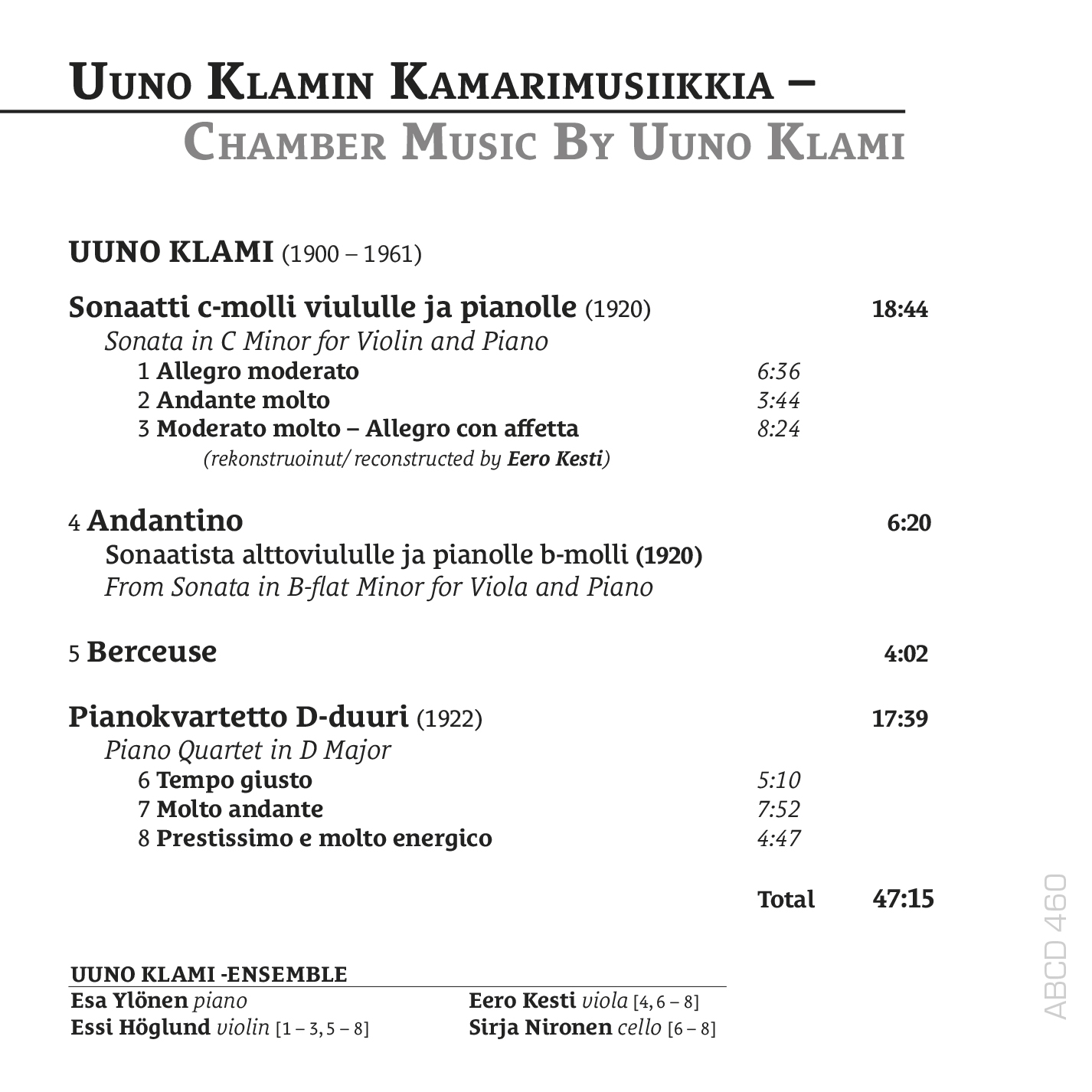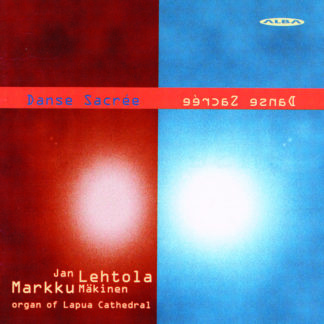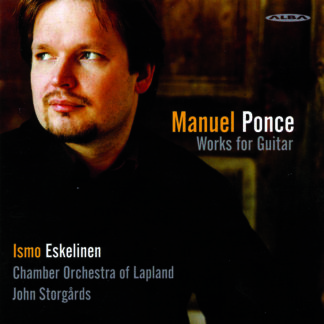Reviews
American Record Guide
KLAMI: Sonata; Andantino; Berceuse; Piano Quartet Uuno Klami Ensemble—Alba 460—47 minutes
Uuno Klami (b.1900) wrote the bulk of the music here from 1920 to 1922, so we’re talking student work. The first two items are interwound in a curious way. When the pianist of this recording, Esa Yloenen, first came to record the C-minor Violin Sonata, he found two completed movements and only sketches for the third. But Klami had, at almost the same time, begun work on a viola sonata in Bflat minor, and a colleague of Yloenen noticed that the motivic material of its finale was similar to the C-minor sketches for the violin sonata; so the two musicians created a finale for the Violin Sonata by transposing the viola sonata’s up a whole step and making a few octave displacements. Meanwhile, the Viola Sonata itself had a first movement also very similar to the Violin Sonata, but a completely unrelated II, so they went on to record that movement alone as a supplement. It is the `Andantino’ of the present recording. The sonatas—all one-and-a-third of them—are interesting and not entirely easy to place in time or space. There is some rambunctiousness, but on the whole the mood is pensive and uncertain.
The `Berceuse’ is from later on, a transcription (undated) of a movement from Klami’s 1931 Symphonie Enfantine, Op. 17. Kalevi Aho, commenting on the work, says that the `Berceuse’ is associated with lullabies to a dead child to be found in Finnish folk poetry. It’s a short, vaguely disquieting but gentle piece.
The big piece here is the 1922 Piano Quartet, which embodies a great deal of energy and “spring”, especially in its lithe, bristling finale, full of rapid repeated notes (as, by the way, is much of the first movement). That it seems to me the most “Finnish” of the lot probably has less to do with the melodic material than with the repeated notes, which sent my mind off in the direction of Sibelius 5 and such. Very likely that’s mere coincidence, but the piece does have a striking, determined character, much more than anything else here, and it bears revival. Performances are very good rather than great; sound is fine; notes (in Finnish and English) are detailed and helpful.
THOMSON
American Records Guide July/August 2021
HBL
Kammarmusiken röjer vägen för Klamis orkestrala mästerverk
Den seriösa skivsatsningen på Uuno Klamis kammarmusik fyller viktiga luckor och belyser vägen till hans orkestrala mästerverk.
Klassiskt
Uuno Klami: Kammarmusik. Uuno Klami-ensemble: Essi Höglund, violin, Eero Kesti, altviolin, Sirja Nironen, cello, Esa Ylönen, piano. (Alba)
Låt er inte avskräckas av konvolutfotot, som mest påminner om en veckotidningsillustration. Den i höstas utkomna skivan med plock ur Uuno Klamis kammarmusikaliska produktion är en seriös satsning, som fyller viktiga luckor i den klamiska diskografin.
Klami (1900–1961) var en boren orkesterns man och de relativt fåtaliga kammarmusikopusen kan sägas röja vägen för de orkestrala mästerverken. Lejonparten av kammarmusiken tillkom under studietiden och i pianokvartetten från 1922 kontrasteras på ett spännande sätt sjudande senromantik med en obstinat rytmik, som osökt för tanken till vad som komma skulle.
Av den tresatsiga sonaten för violin och piano färdigställde den 20-årige Klami blott de två första satserna och Kymi Sinfoniettas soloaltist, tonsättaren Eero Kesti, har rekonstruerat finalen utifrån de kvarlämnade skisserna. Klami kände en stark dragning till den franska kultursfären och violinsonaten karakteriseras av en fransk färgning snarare än någon desto mer distinkt finsk-nationell ton.
Sonaten för altviolin och piano skrevs 1920, omedelbart efter violinsonaten, och då första och sista satserna uppvisar betydande likheter med det tidigare verket har man här dessvärre valt att göra enbart mellansatsen, Andantinot. Elegiska Berceuse för violin och piano är ett arrangemang av andra satsen ur Symphonie enfantine (1928) och görs, liksom skivans övriga verk, med ypperlig stilkänsla och god smak av Klamiexperten, pianisten Esa Ylönen och hans medmusiker i Uuno Klami-ensemblen: Kesti, violinisten Essi Höglund och cellisten Sirja Nironen.
Mats Liljeroos, Musikkritiker







